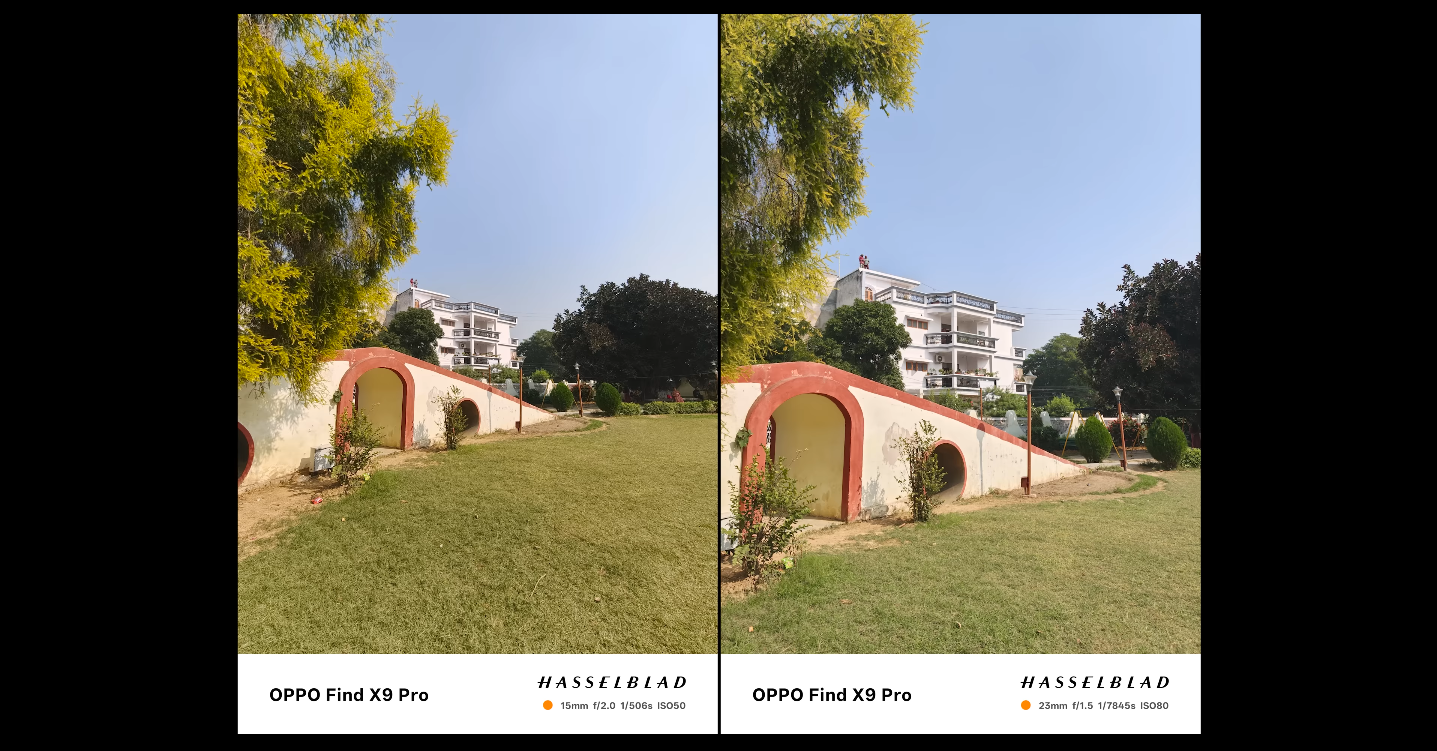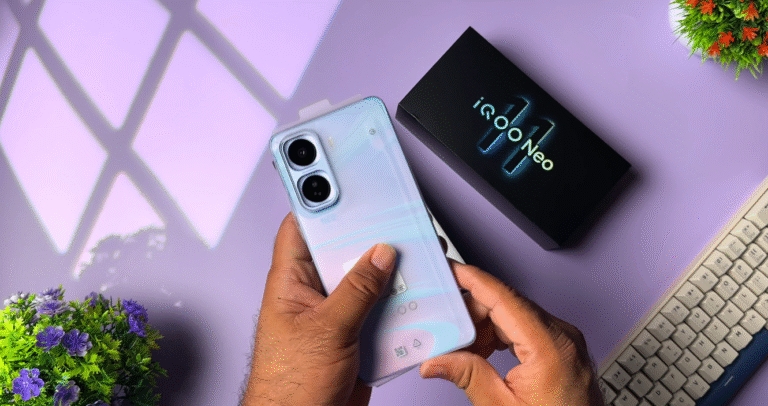OPPO Find X9 Pro user interface review: how smooth is ColorOS 16?

Daily Smoothness and UI Experience Explained
The OPPO Find X9 Pro arrives with ColorOS 16, and its user experience plays a major role in how premium the phone feels in long-term use. With a powerful chipset, fast animations and polished design elements, the software aims to combine speed with visual refinement. For UK users, the question is simple: does ColorOS 16 deliver a smooth flagship experience every day? The answer becomes clear when looking closely at responsiveness, layout and consistency across apps.
ColorOS 16 builds on OPPO’s previous versions by refining transitions and reducing animation delays. Scrolling through menus, opening apps and switching tasks feel fast and controlled. Even with multiple apps running, the interface maintains stability without noticeable jitter. The high refresh rate screen helps the UI look fluid, but the software optimisations make a real difference in how natural everything feels across regular tasks like browsing, messaging and social media.
The overall design is clean and modern. Icons, menus and control panels follow a minimal look that feels consistent. Customisation is extensive, allowing users to adjust themes, grid layouts, icon shapes and gesture controls. This flexibility lets users tailor the UI to match their personal style, which is especially helpful for those who like to fine-tune how their phone behaves. Despite these options, the interface stays easy to navigate without feeling overwhelming.

App management and multitasking are strong points of ColorOS 16 on the Find X9 Pro. Switching between heavy apps, using split-screen mode or keeping apps running in the background feels smooth and reliable. The large RAM configuration helps here, but OPPO’s system management ensures apps don’t close unexpectedly. For users who multitask heavily, the phone provides enough headroom to keep things efficient and responsive throughout the day.
Animations on ColorOS 16 have been tuned to be subtle and consistent. Opening apps, pulling down the notification shade and navigating between screens show a level of polish that makes the phone feel high-end. These animations strike a balance between being fast and visually appealing without slowing things down. This attention to detail results in smoother interactions, making simple tasks feel premium.
Colour accuracy and brightness control on the Find X9 Pro complement the UI experience. The screen responds accurately to brightness changes, and the adaptive mode selects appropriate levels for indoor and outdoor use. This consistency means the interface remains readable and pleasing to the eye, reducing strain during longer sessions. Combined with the tuned refresh behaviour, it keeps the entire phone feeling responsive.
However, there are still a few areas where ColorOS 16 might feel busy for some users. Pre-installed apps remain part of the system, and some users may want to remove or disable a few of them. While the UI is highly customisable, the initial setup can feel slightly crowded until you adjust the settings. This does not affect performance, but it may take a short amount of time to streamline the layout to your preference.
Notifications and quick settings have been organised neatly, with clear toggles and clean icons. The layout makes it easy to control connectivity, brightness and system tools without confusion. The panels open smoothly, and the phone reacts promptly to gestures. For UK users who rely on a mix of Wi-Fi, Bluetooth and mobile data daily, these controls remain simple and effective.
During gaming or heavy workloads, the interface maintains stability without major slowdowns. Even though the processor handles most of the heavy lifting, the UI’s ability to stay responsive while switching back to messages, calls or general tasks adds to the overall smoothness. This makes the phone suitable for users who regularly multitask while gaming or streaming.
Long-term performance also appears consistent. ColorOS 16 manages background tasks efficiently to avoid battery strain or memory pressure. The system reduces unnecessary processes automatically, keeping the interface fluid even after extended use. This helps the phone retain its snappy feel months after setup, which is important for users planning to keep the device for several years.
In summary, ColorOS 16 on the OPPO Find X9 Pro delivers a smooth, polished and enjoyable interface. The combination of fast animations, customisation options, stable multitasking and refined design makes it one of the more impressive Android experiences available. With minor adjustments to remove bloat and personalise settings, UK users will find the interface consistently fast and pleasant across daily tasks.





